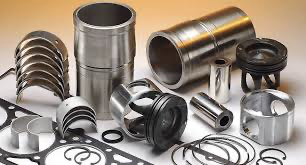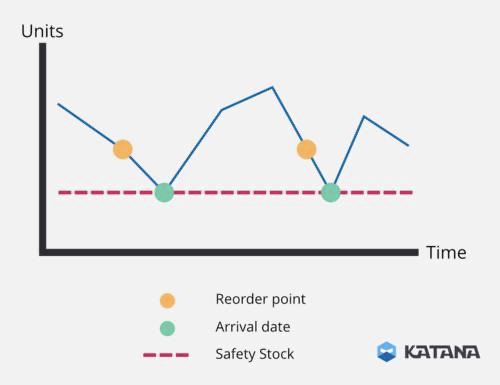A technical inventory store typically present a value which cannot be used to invest in other company goals, therefor it is important to have only those spares in store that add value to asset reliability, no more and no less. It must be evaluated if, and which parts in store (as wel as the quantity in store) contribute to this added value.



